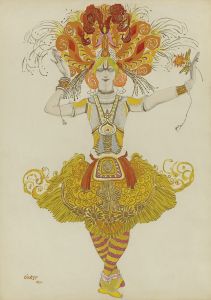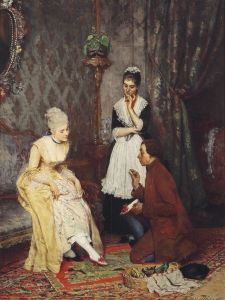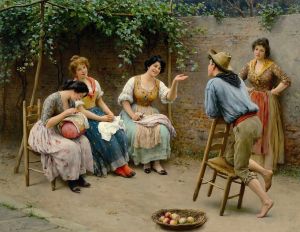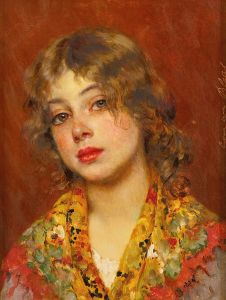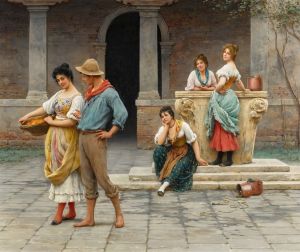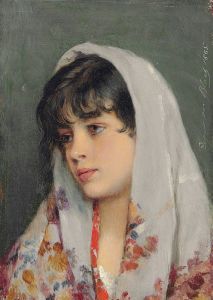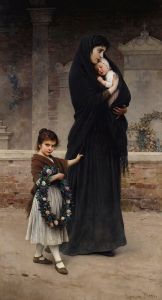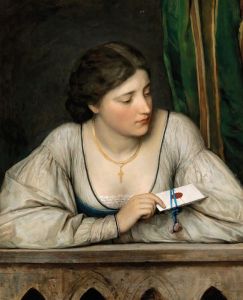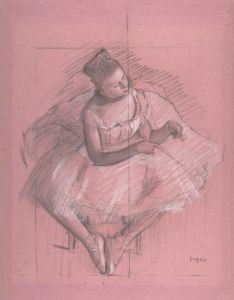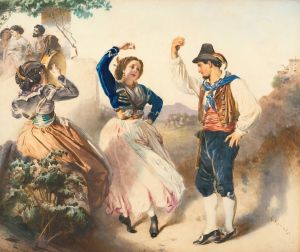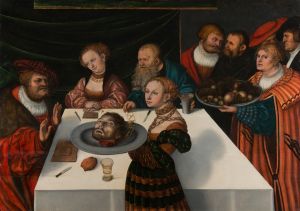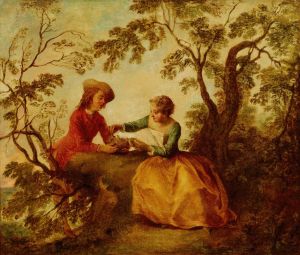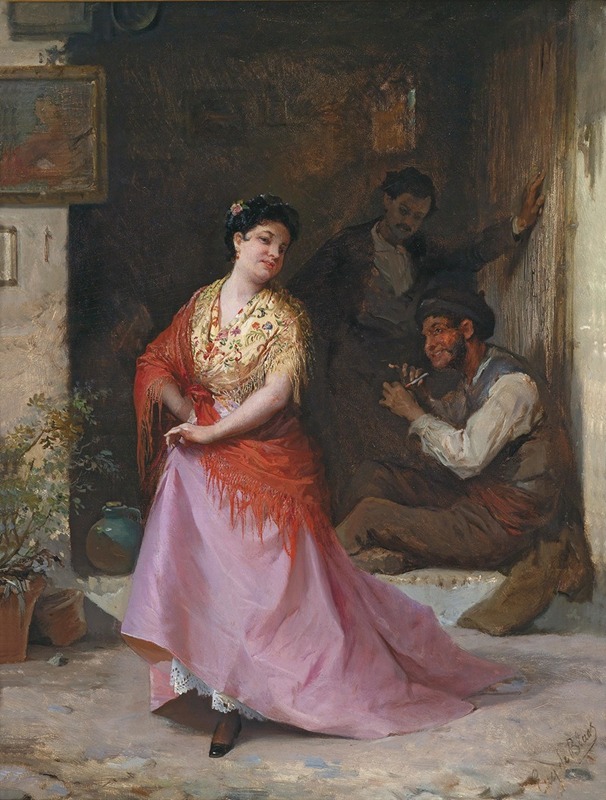
Ein Tänzchen
A hand-painted replica of Eugen von Blaas’s masterpiece Ein Tänzchen, meticulously crafted by professional artists to capture the true essence of the original. Each piece is created with museum-quality canvas and rare mineral pigments, carefully painted by experienced artists with delicate brushstrokes and rich, layered colors to perfectly recreate the texture of the original artwork. Unlike machine-printed reproductions, this hand-painted version brings the painting to life, infused with the artist’s emotions and skill in every stroke. Whether for personal collection or home decoration, it instantly elevates the artistic atmosphere of any space.
Eugen von Blaas, an Austrian painter known for his genre scenes and portraits, created the painting "Ein Tänzchen" (translated as "A Little Dance"). Von Blaas was born on July 24, 1843, in Albano Laziale, Italy, and was the son of Karl von Blaas, a noted historical painter. Eugen von Blaas developed a distinctive style characterized by his detailed and vibrant depictions of everyday life, particularly focusing on Venetian scenes and the lives of ordinary people.
"Ein Tänzchen" exemplifies von Blaas's skill in capturing the charm and vivacity of social interactions. The painting portrays a lively scene, likely set in a Venetian context, where figures are engaged in a dance. Von Blaas's attention to detail is evident in the intricate rendering of the characters' clothing and expressions, which convey a sense of joy and movement. The artist's use of color and light enhances the festive atmosphere, drawing viewers into the scene and allowing them to experience the moment's liveliness.
Von Blaas's works often reflect the cultural and social dynamics of his time, and "Ein Tänzchen" is no exception. The painting provides insight into the customs and leisure activities of the period, showcasing the importance of dance as a form of social interaction and entertainment. Through his art, von Blaas captured the essence of human connection and the simple pleasures of life, themes that resonate with audiences even today.
Eugen von Blaas was part of the academic art tradition, and his works were well-received during his lifetime. He exhibited regularly at prestigious venues such as the Royal Academy in London and the Paris Salon, gaining recognition for his technical proficiency and ability to depict scenes with warmth and realism. His paintings often featured women in various roles, highlighting their grace and beauty, and "Ein Tänzchen" is a testament to his ability to portray the elegance and vitality of his subjects.
The painting is a fine example of von Blaas's genre scenes, which often depicted the everyday lives of people in a romanticized manner. His works are characterized by their narrative quality, inviting viewers to imagine the stories behind the scenes he depicted. "Ein Tänzchen" captures a moment of celebration and camaraderie, reflecting von Blaas's interest in the human experience and his ability to convey emotion through his art.
Today, Eugen von Blaas's paintings are appreciated for their historical and artistic value. They offer a glimpse into the past, preserving the cultural heritage of the time and providing insight into the social customs of the 19th century. "Ein Tänzchen," like many of von Blaas's works, continues to be admired for its technical excellence and the joyful spirit it embodies. The painting remains a testament to von Blaas's legacy as an artist who celebrated the beauty and vibrancy of everyday life through his art.





